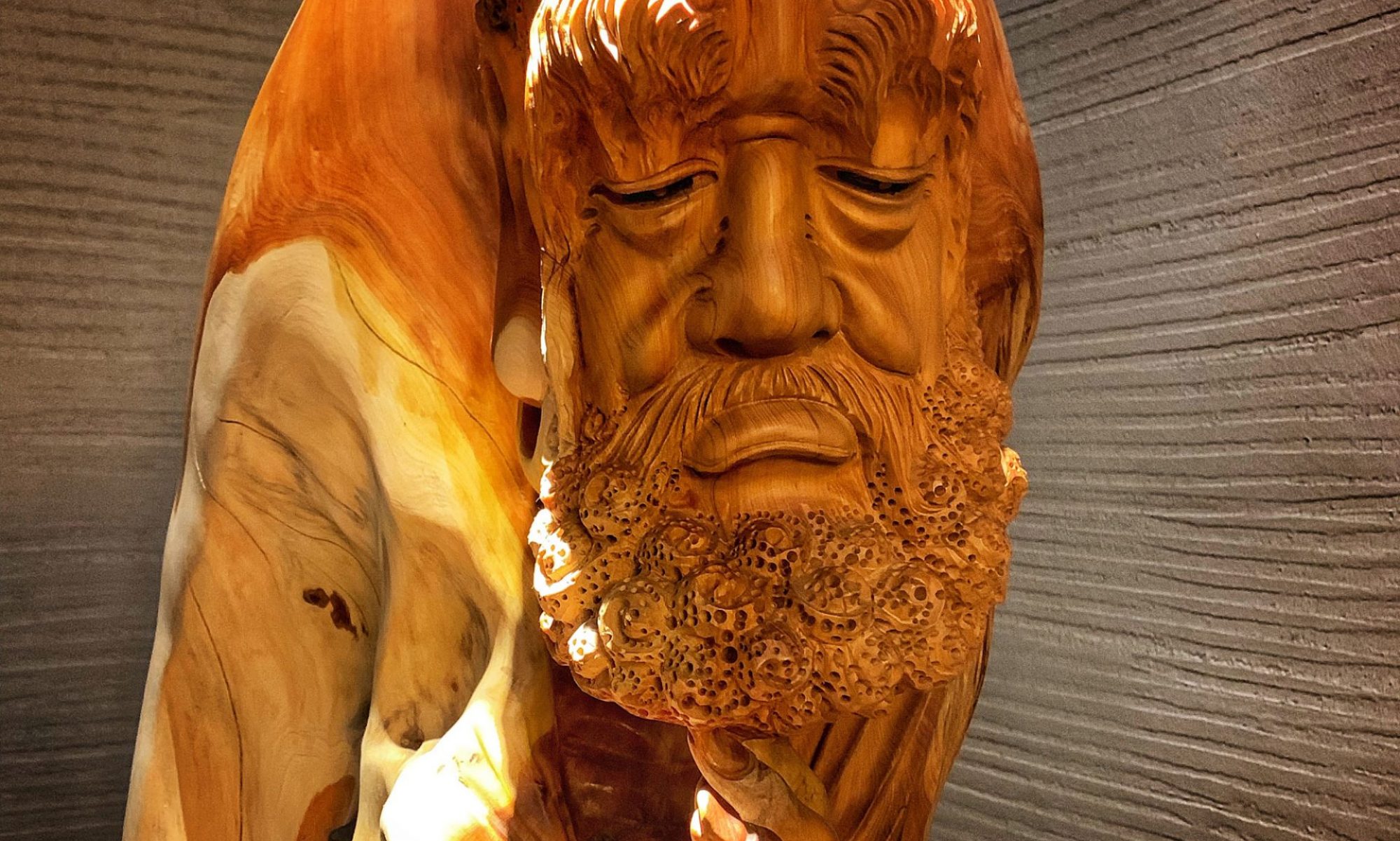There are two ways of learning in differentiating right and wrong. Right and wrong not from the space of judgment of good or bad but what it entails when each is done as the end result is what we have to face when the cause is applied. In other words, right action entails freedom of the mind whereas wrong action brings about further bondage from what is already wrong.
Strictly speaking, right and wrong stems from the mind, specifically ideas or views; and from it, reflects the speech and action. It is impossible to have right speech or action when the view in the beginning is already wrong and vice versa. But how do we know what view is right and what view is wrong?
Many of us learnt about right and wrong through subscribing to what others say. This way of learning is blind by nature as it usually comes from personal judgment or experience that was derived from wrong view rather than understanding or wisdom. When we don’t use our intelligence to question them, we are also bought into those wrong views. When our meaning of right and wrong does not comes from our own realization, but instead from mere hearsay, our follow up actions conforming to those ideas usually come with much fear, guilt or even shame that leads to self-punishment instead of self-realization.
The mind is easily bought into ideas, due to its latent delusional ignorant nature. We are seldom encouraged to investigate or reflect wisely but instead fed with information that may not necessary be true. When our right and wrong meaning does not spring from wisdom or self realization, our harsh tendency of forcing change upon ourselves or others leads to further entanglement of wrongness that breeds deeper resentment and retaliation as what we can see in the world today. Instead of been healed, the errors goes underground, making the mind more insidious and evil. One can learn through guilt or through wisdom and both have different end result. One ends with fear, having all subsequent actions bind in bondage of fear, and the other from true freedom as the action is no longer repeated not because of fear but from understanding that it is detrimental to the wellbeing of oneself and also of others.
Thus the other way of learning right and wrong is through self realization of contrast. It is in the contrast of both actions that the wisdom in us picks up what is for our highest good. It is interesting to note that the mind can’t differentiate what is wrong or right ideas until it has been presented with the opposites. Where there is no opposite or contrast, whatever the mind already has is always right. In other words, any wrong ideas will be perceived as right to the beholder until the opposite comes into picture. In this aspect one will understand why changing ideas like positive thinking, does not work many a times, as the mind has yet to see the contrast brought about by wisdom.
In fact we can’t do change. If we do, it is only taken as a preventive measure rather than a total cure. True change occurs when the opposite comes into the picture. It is also interesting to note that when wisdom recognized what is wrong, the mind is already in the right state for the wrong to be recognized. It is not because of wrongness that one becomes right, but rather it is because of rightness that the wrong is recognized.
In term of Insight Meditation, the purpose is one – bringing what was right to wrong and sowing right to recognise the wrong; hence disentangling oneself from the unknown bondage to freedom – and it can only occur naturally, not through forcing change, but through long observation and an investigative mind that leads to understanding and wisdom.
